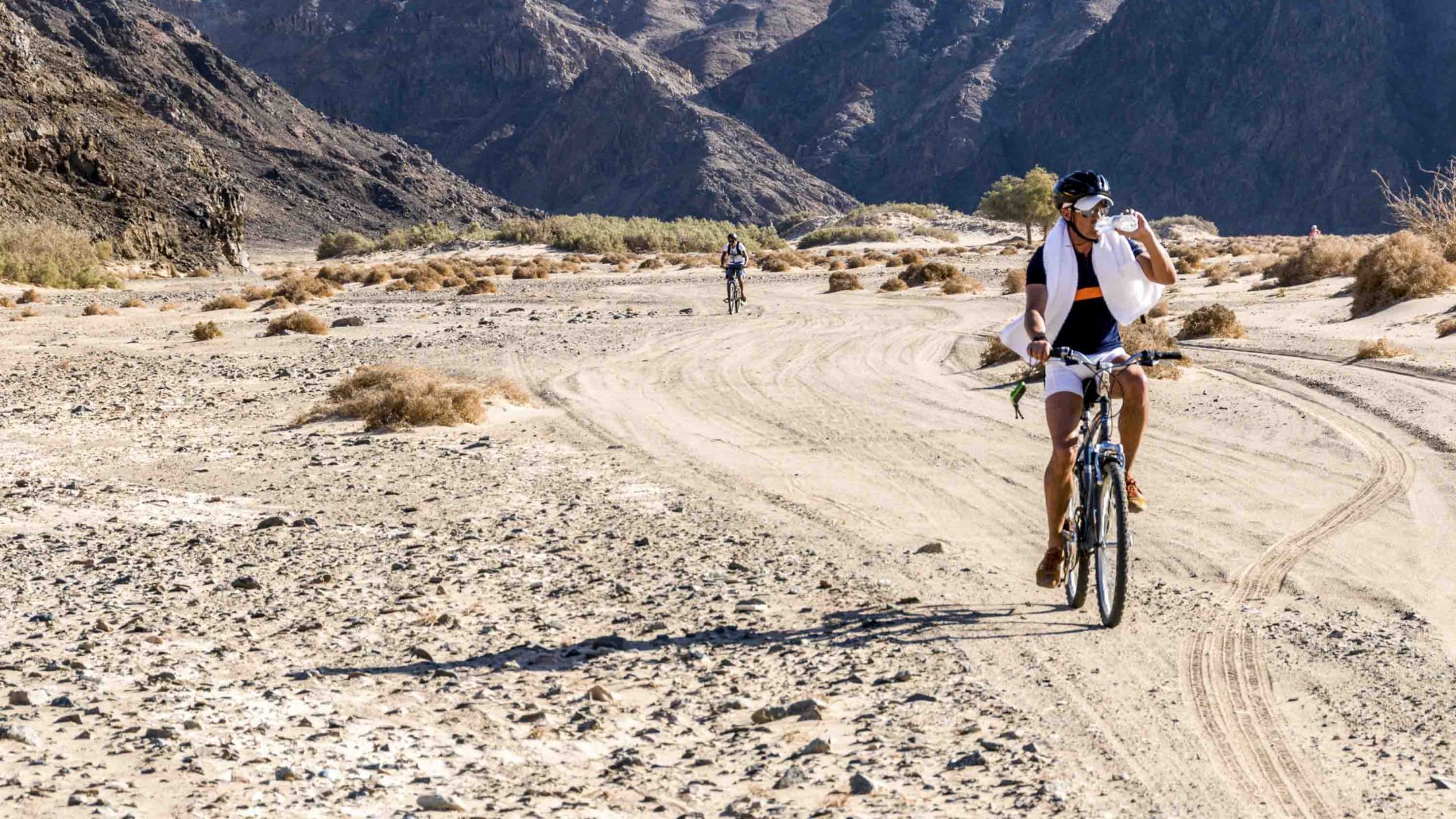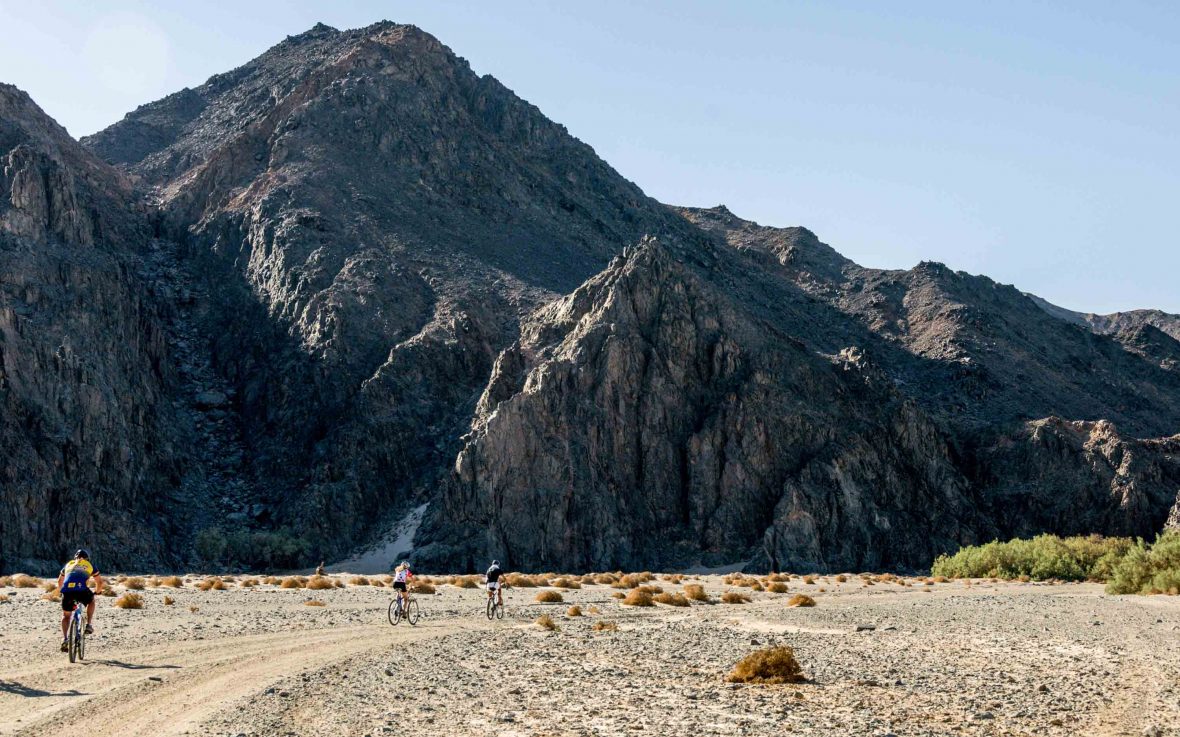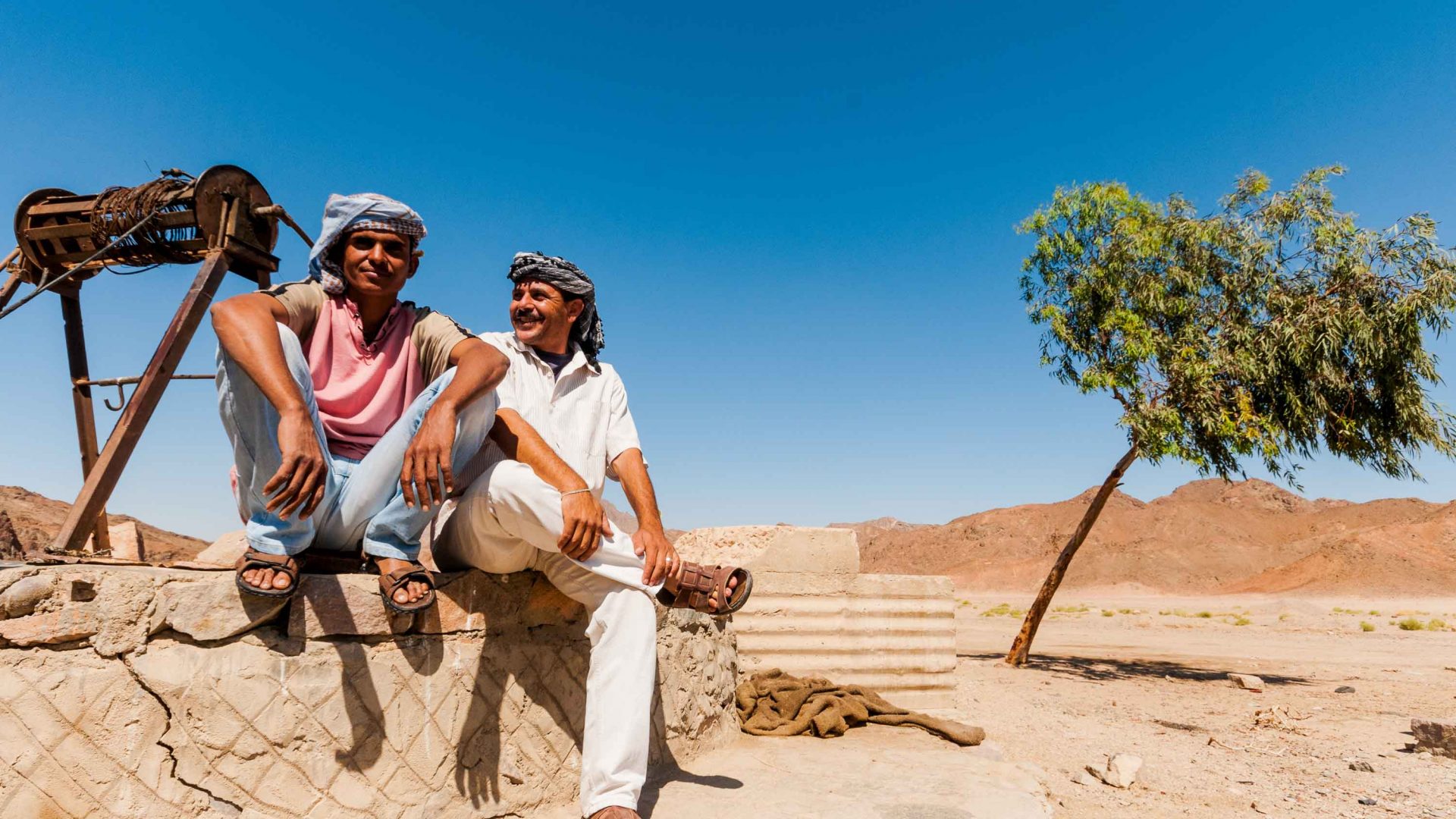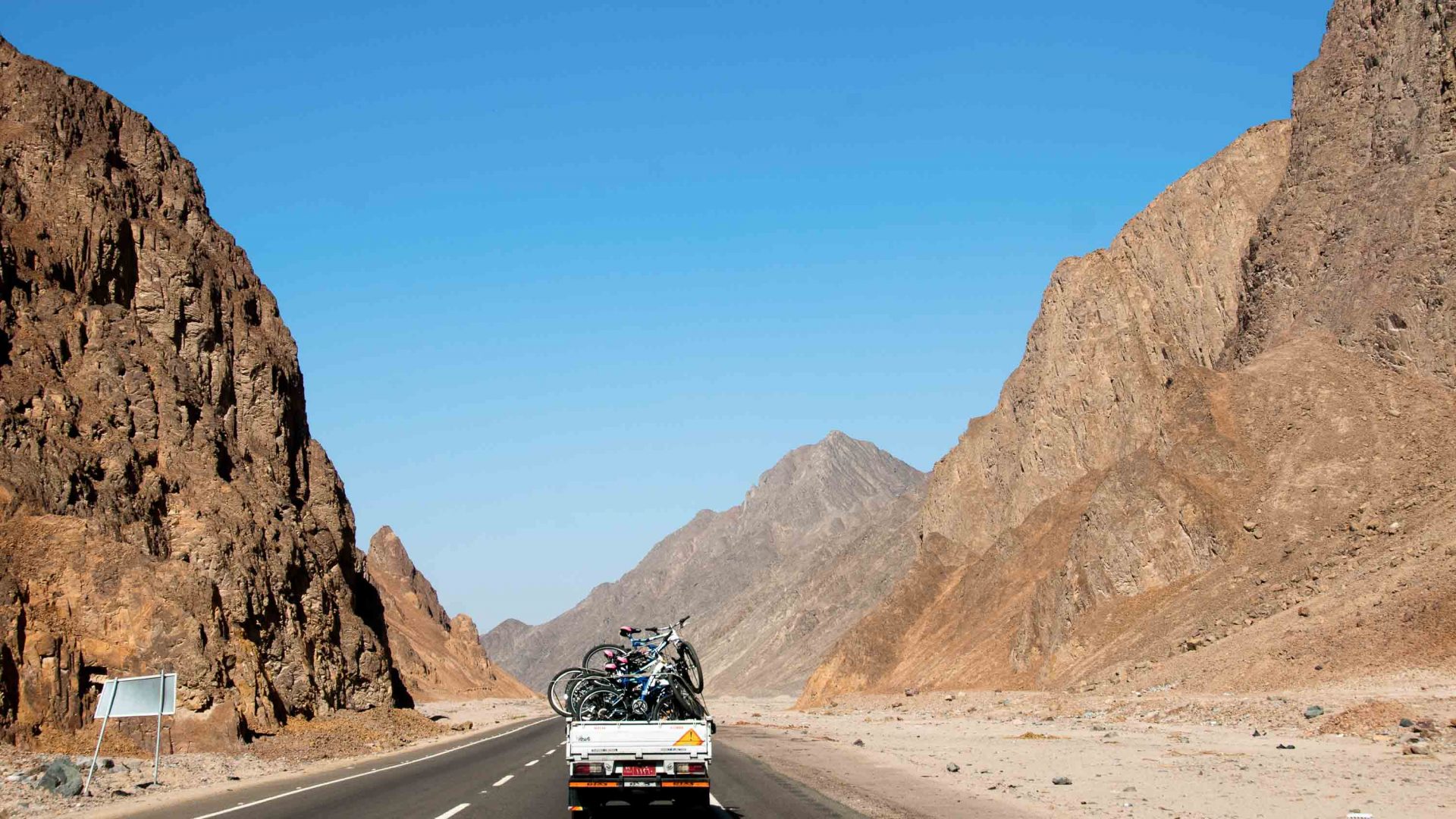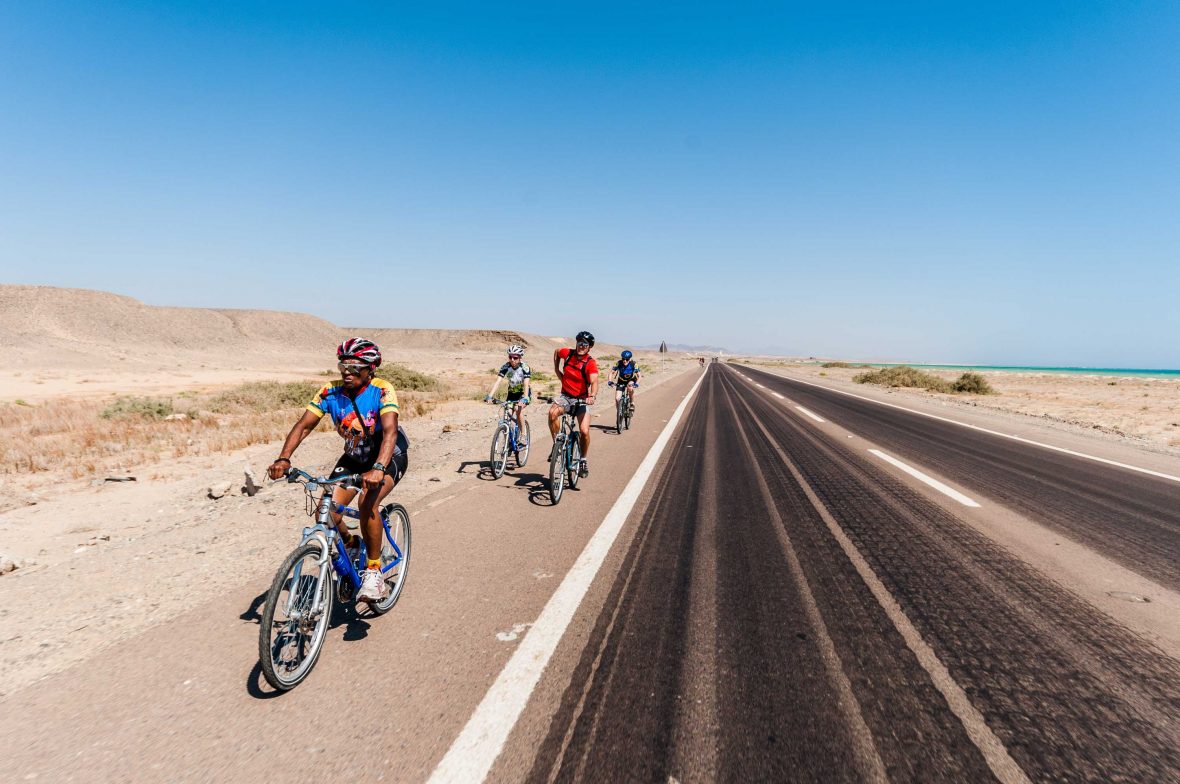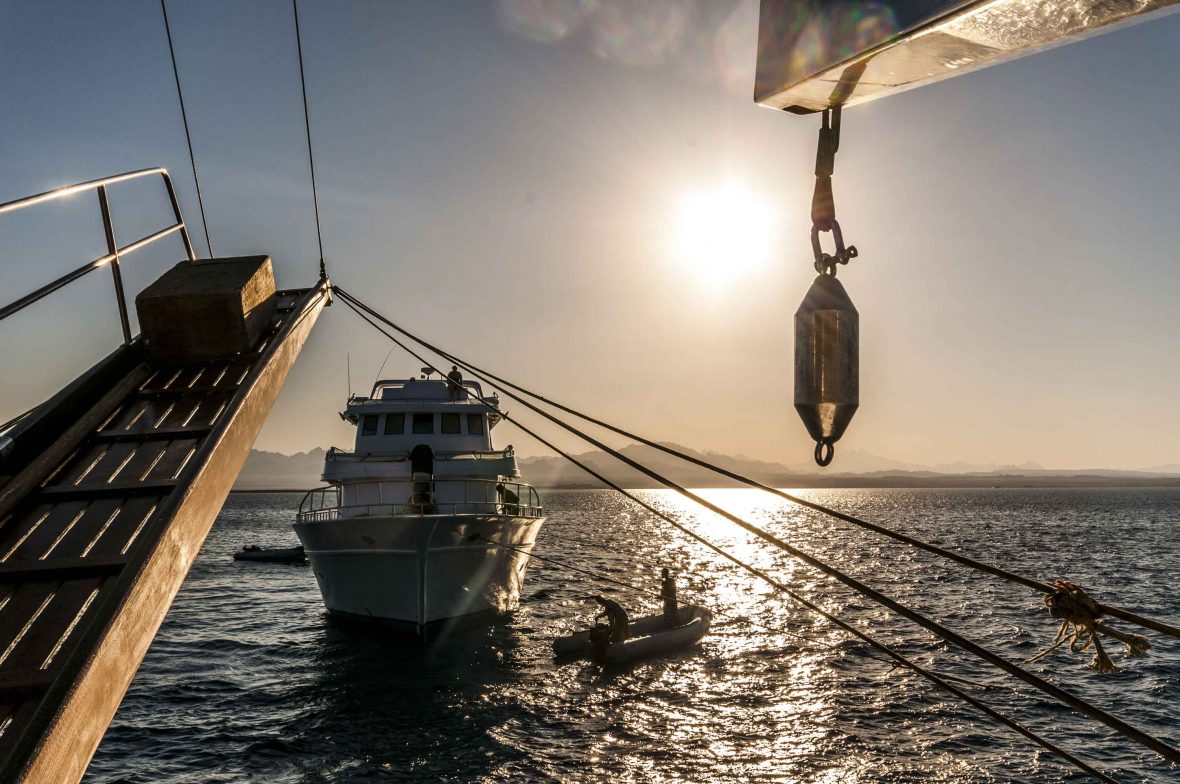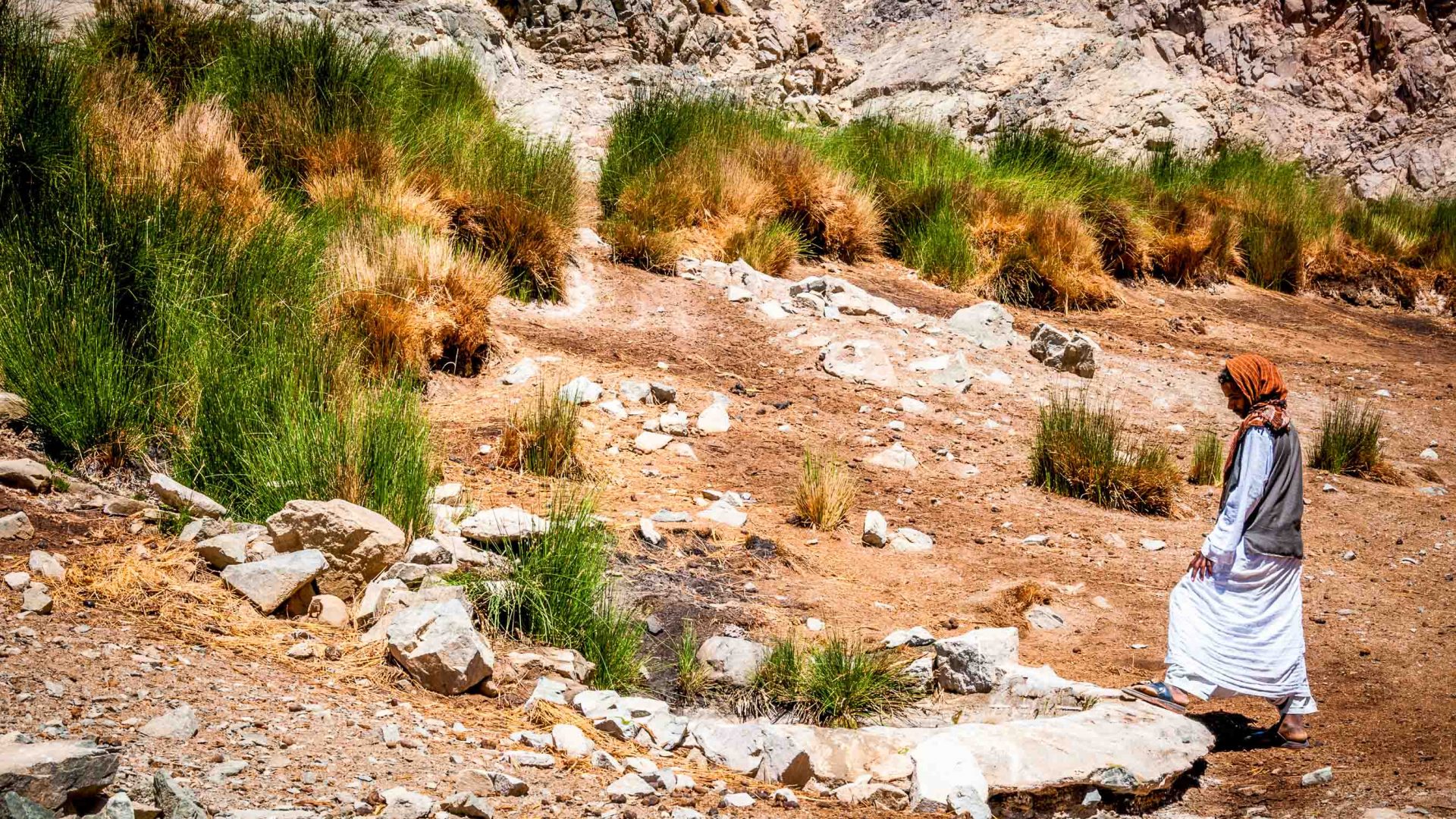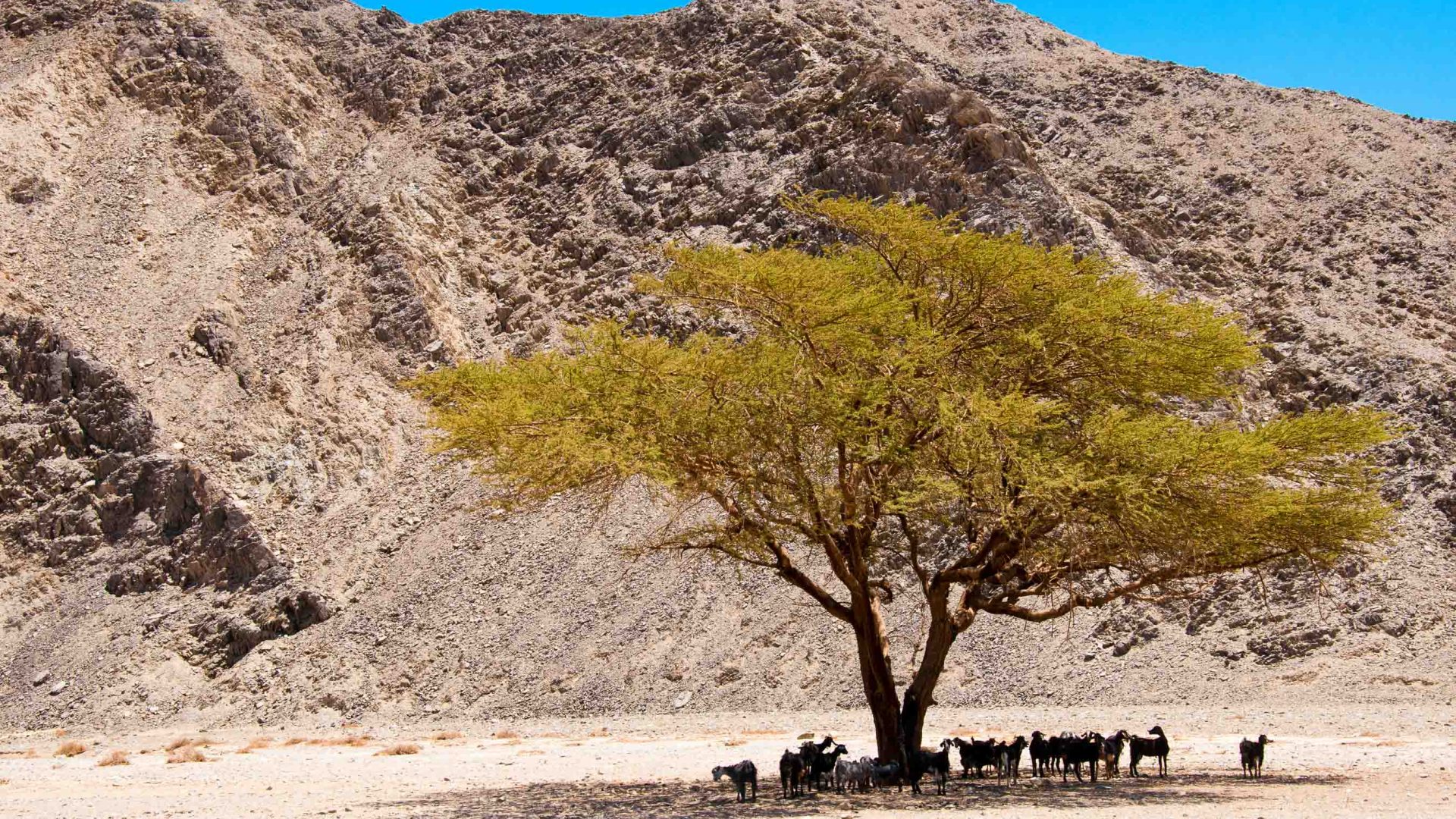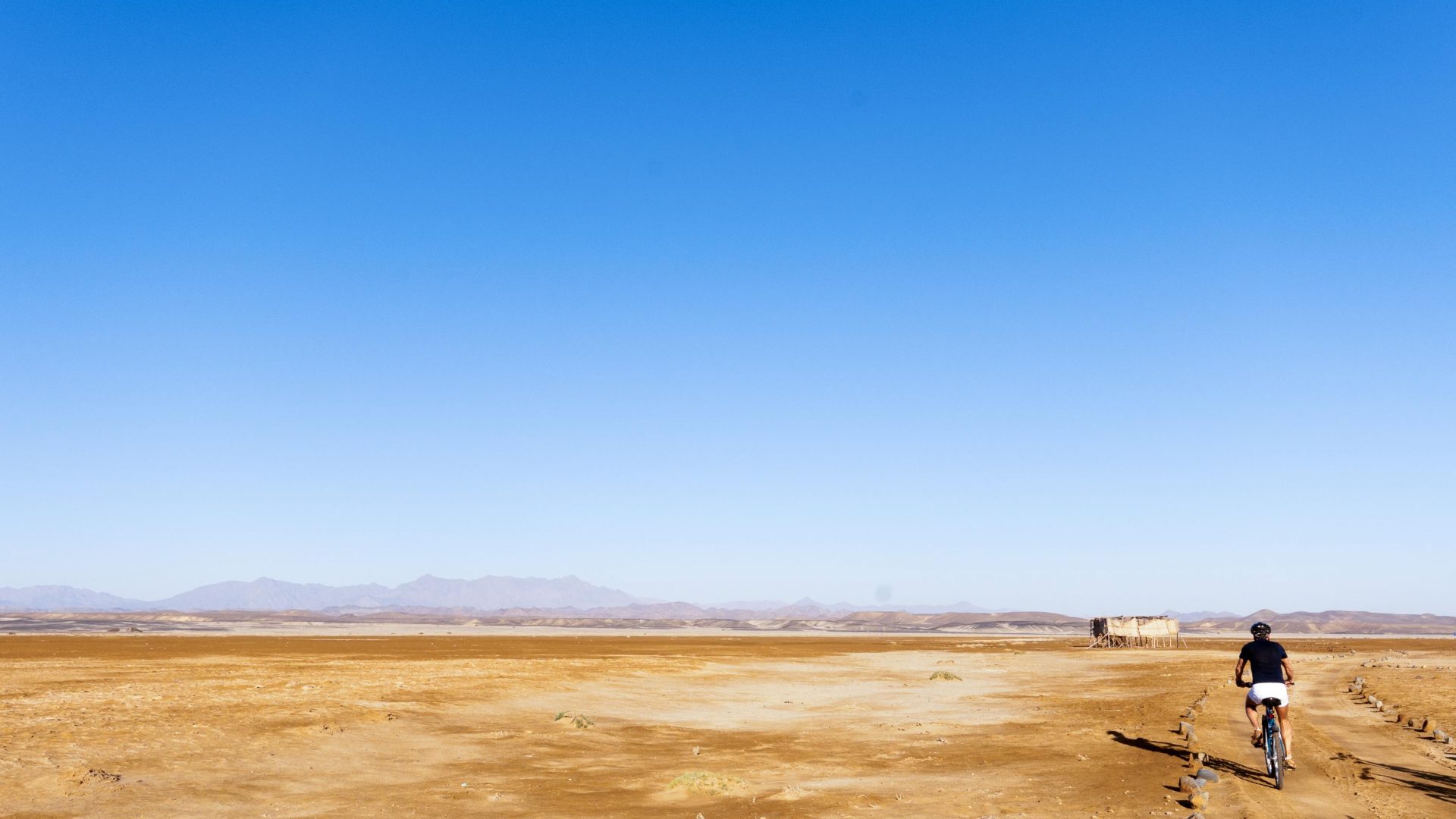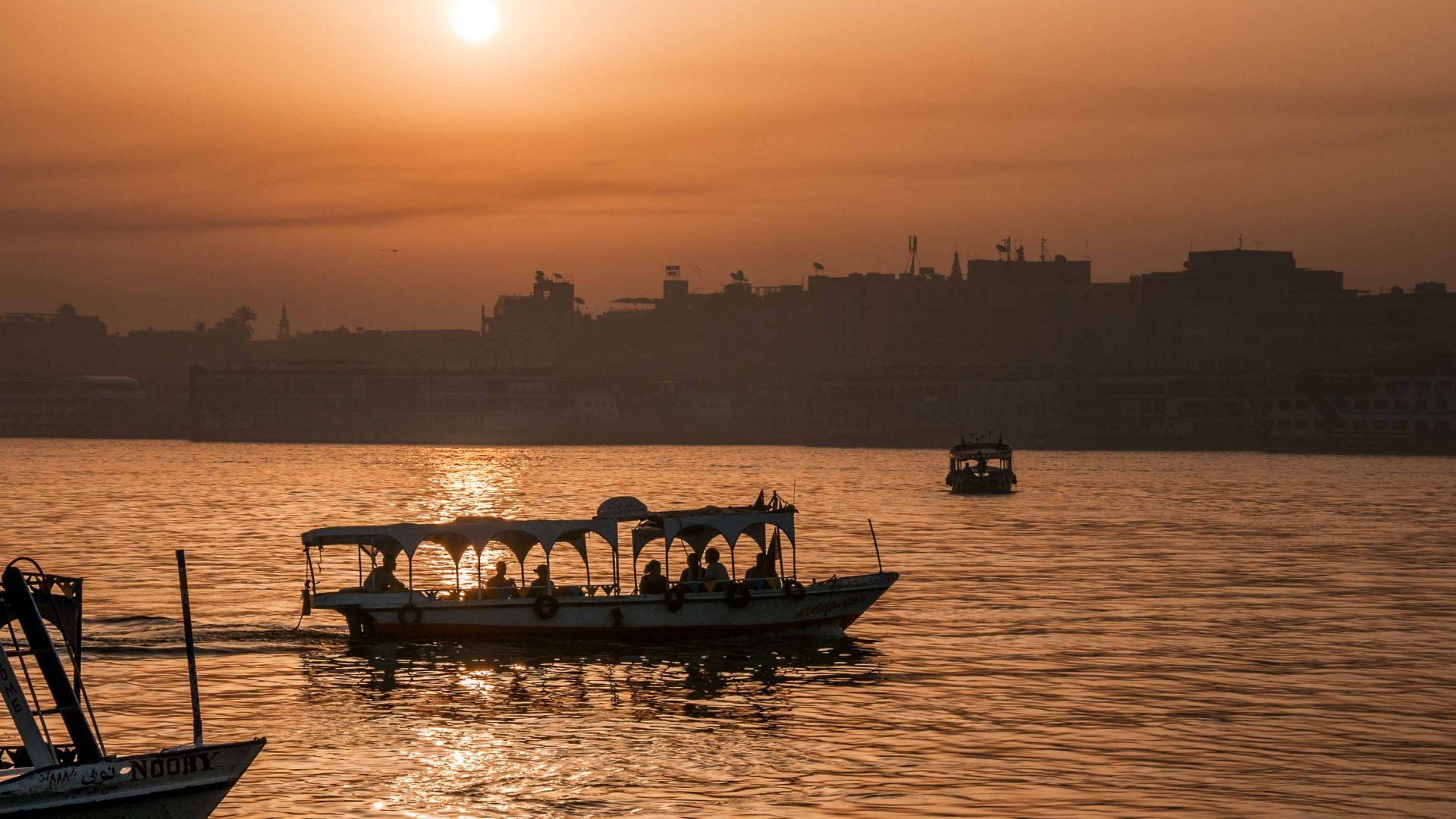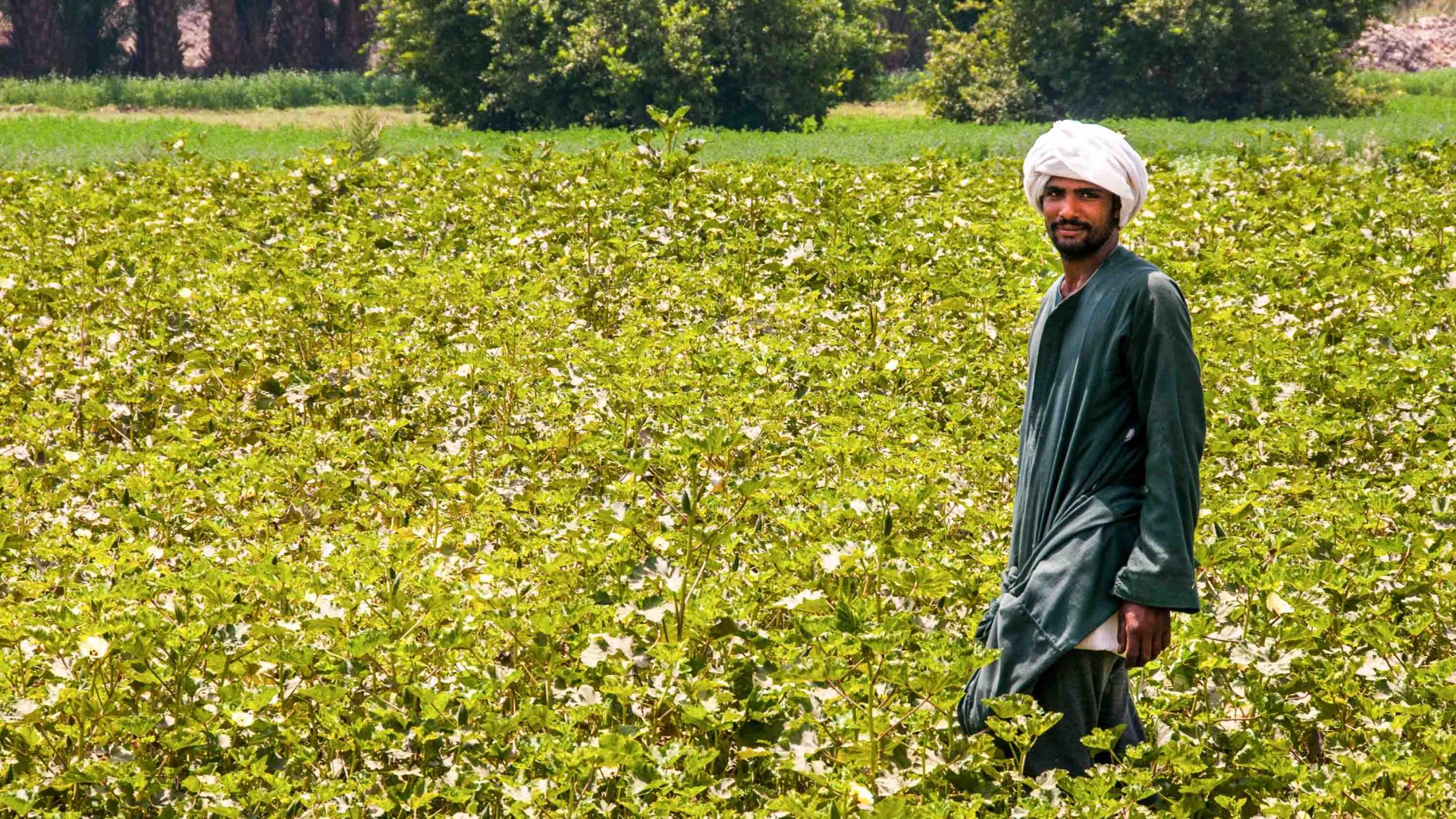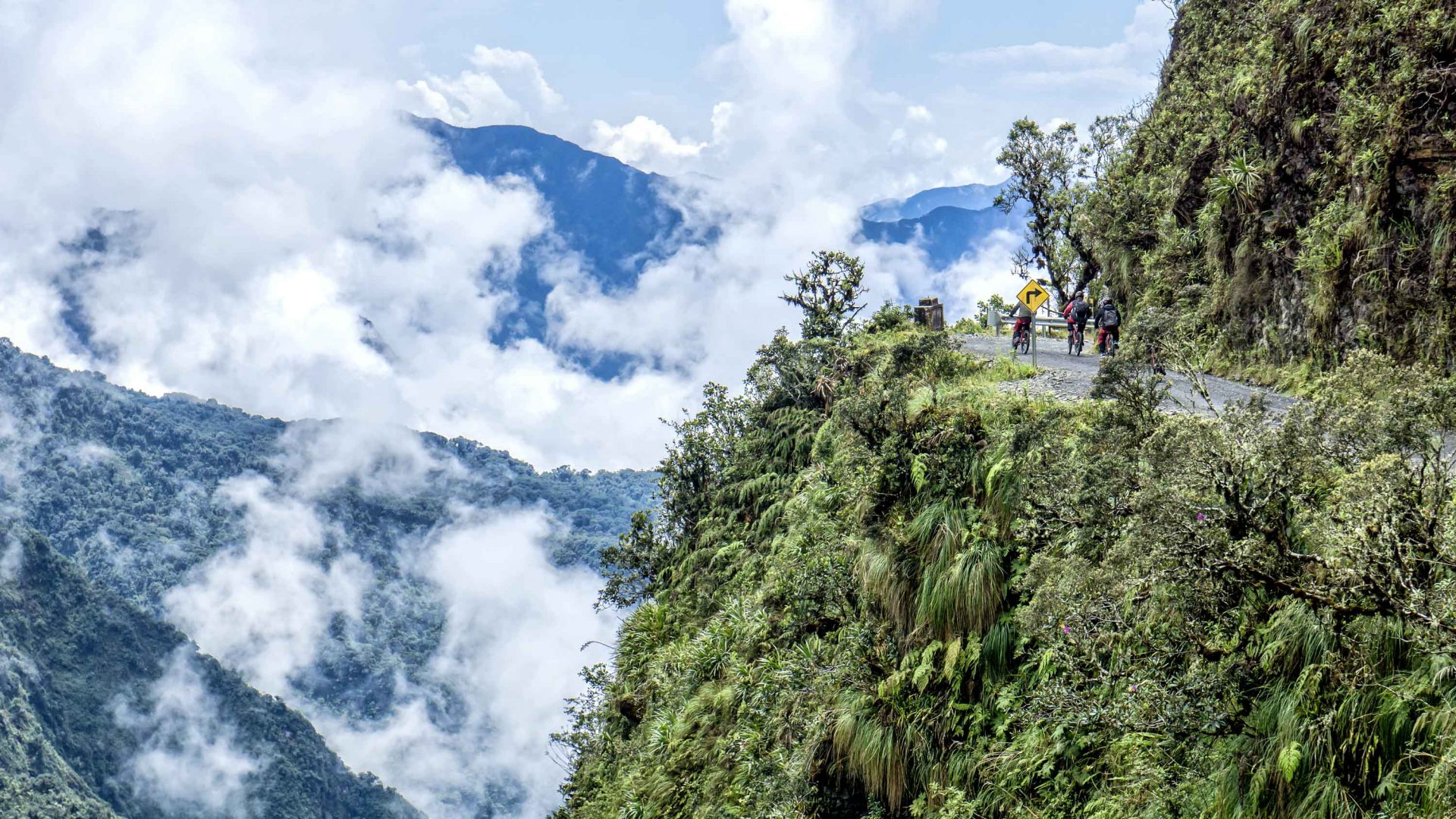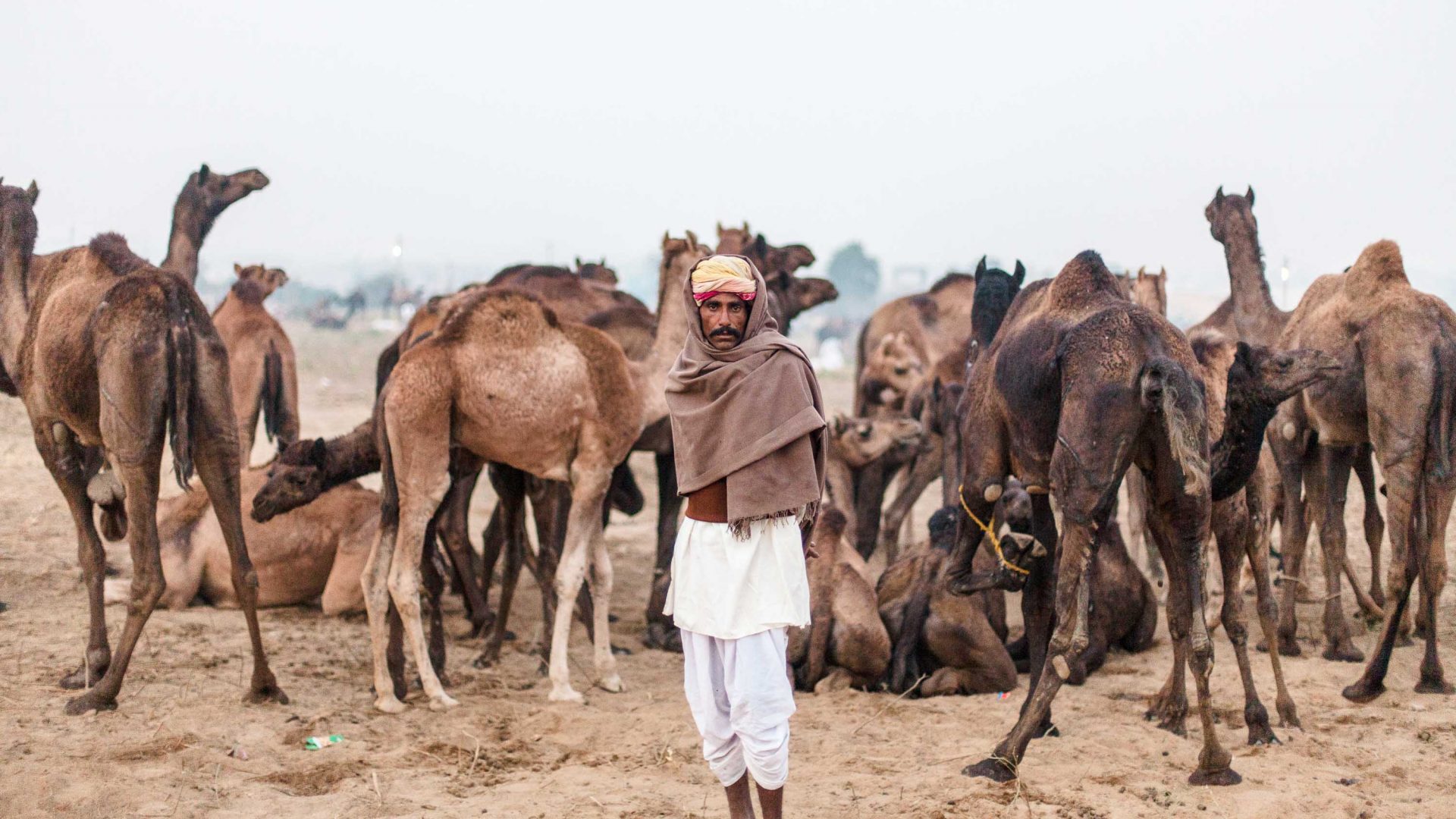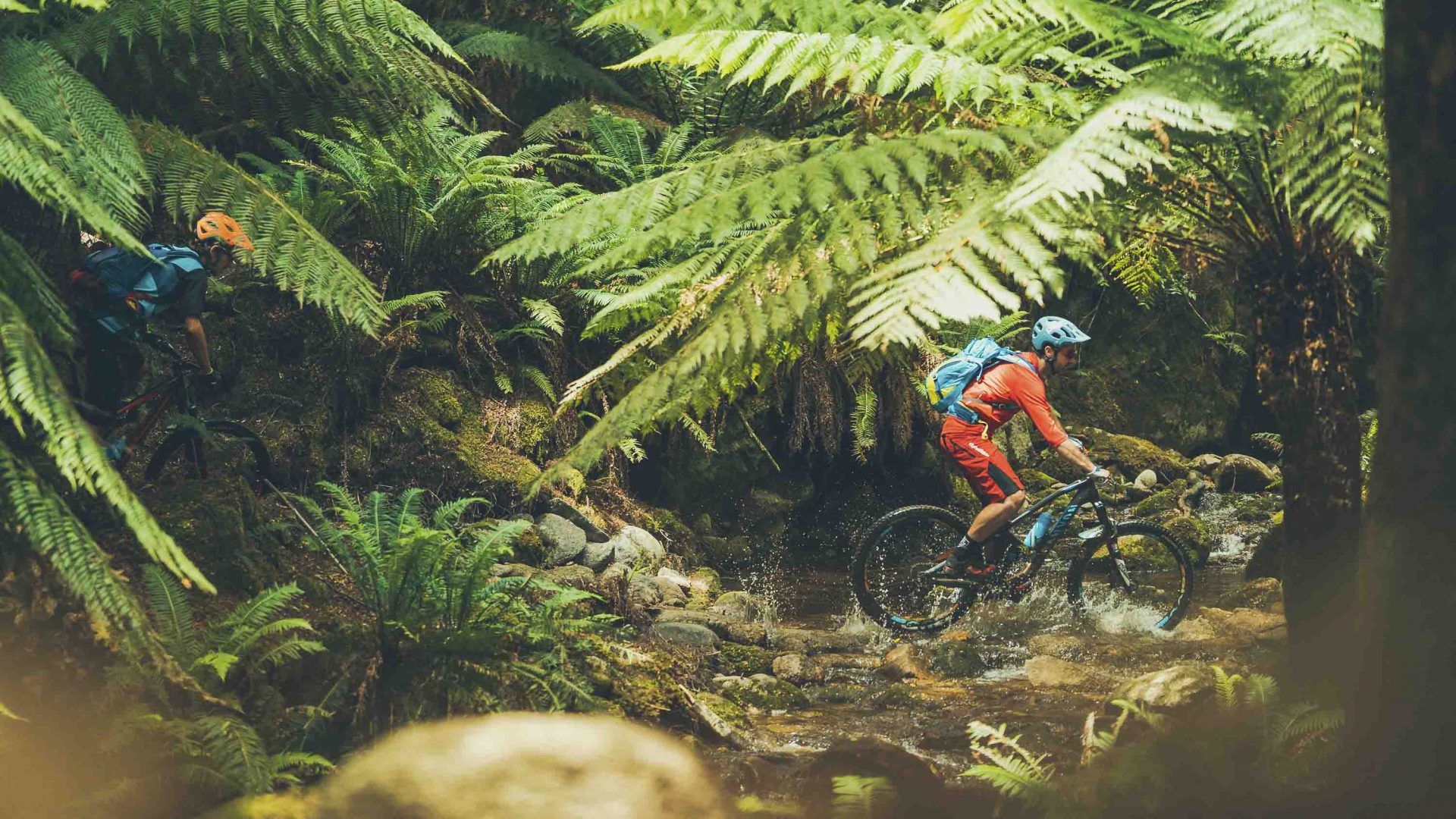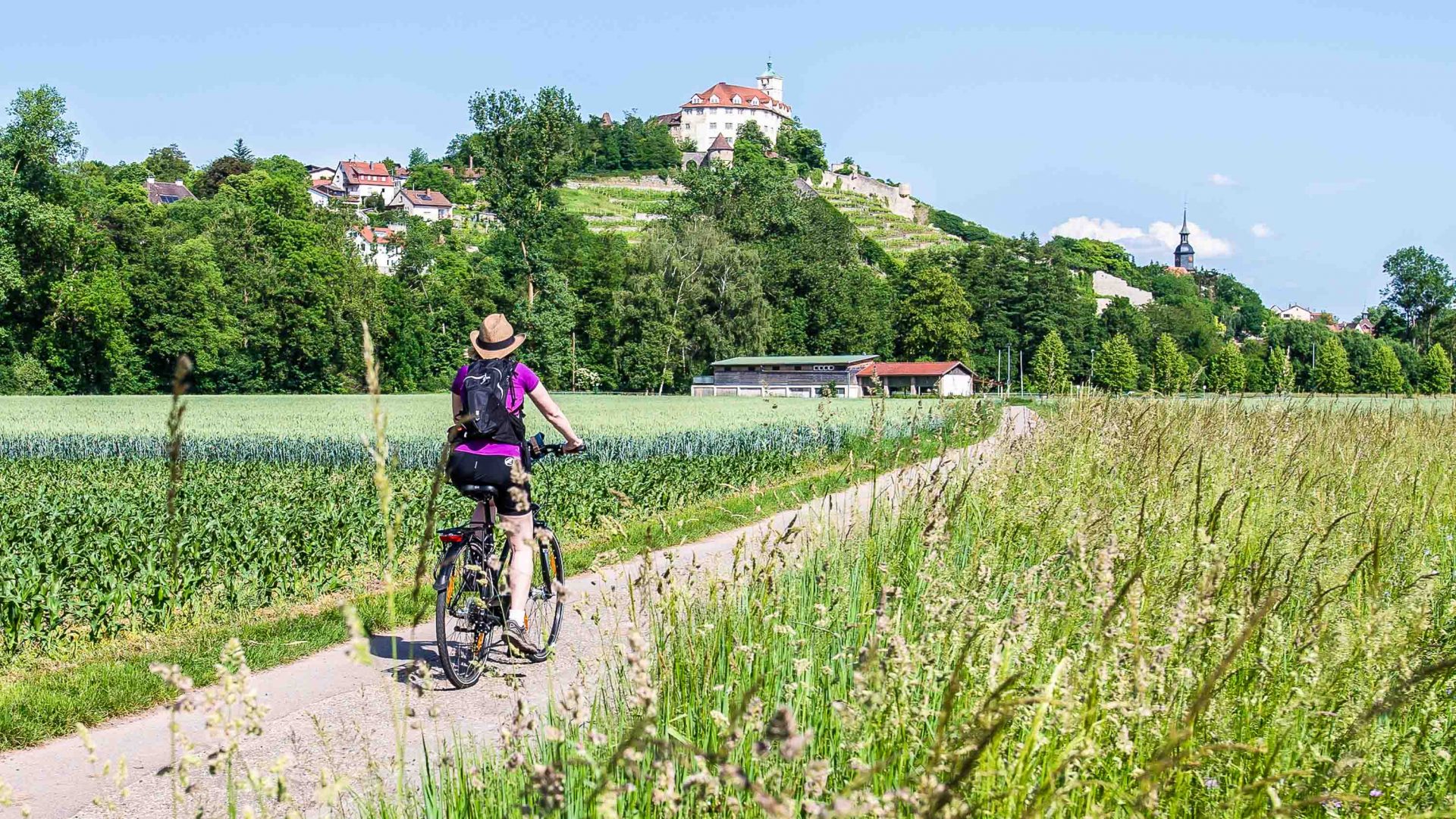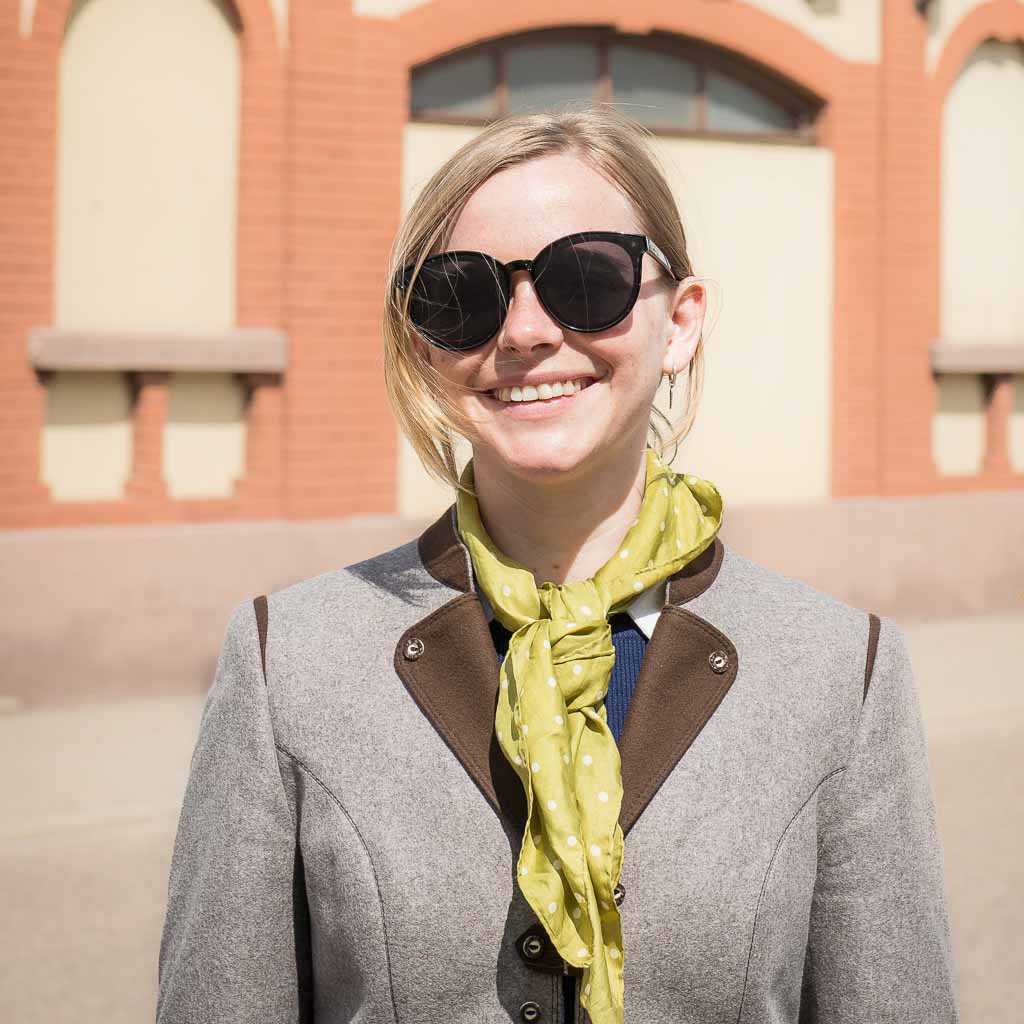Editor’s note: This article was published before the coronavirus pandemic, and may not reflect the current situation on the ground.
Not content with heading to Egypt in search of the famous sights, Lola Akinmade Åkerström opted for a once-in-a-lifetime two-wheeled excursion instead. And, despite the blistering heat, she lived to tell the tale.
It’s 2010 and our motley crew of cyclists has assembled in Egypt.
There’s Charlie, a professional
cyclist in his 40s; Jayme, an adventure writer in her 30s; Alpha, a triathlete
in her 70s; our local fixer Tamir; a handful of other adventure travelers who’d
collectively logged thousands of kilometers mountain-biking around the world—and
then there’s me.
On paper, our plan of riding
between 120-150 kilometers over eight days didn’t seem all that strenuous. But,
upon closer inspection of the facts (mainly, that we’d be biking through open
desert while enduring 100+ degree Fahrenheit heat, with zero reprieve from the
beating sun), it’s all beginning to seem a little
more strenuous.
Riding long stretches through blistering desert also means being away from basic facilities and emergency help (thanks to non-existent phone reception). So we have a support van stocked with water, as well as a bike mechanic/doctor/jack-of-all-trades guy. Our group is one of the first to explore Egypt by two wheels—at least in terms of commercial tourism—so we’ll be figuring a lot of this out as we go.
RELATED: What I learned on a 400km bike ride (that I didn’t want to go on)
The day before we set off along Egypt’s eastern coast, we convene in the town of Hurghada after a test ride around the surrounding desert. The heat had choked me as we cycled through our initial 10-kilometer run, and the seeds of doubt already planted. I’m no stranger to extreme weather, having spent time in the double-digit subzero degree trenches of winter in Swedish Lapland, but extreme heat? That’s something else.
At a shisha (Egyptian hookah) café where we’ve gathered to contemplate the two-wheeled task ahead of us, Ahmed, a local from the quiet town of Al Qusayr, mixes herbs, spices, and tobacco in water pipes for the group. He seems intrigued that his town is on our itinerary. After all, even he, a local, had moved away from Al Qusayr—so what could there be of interest to a bunch of tourists?
This is a different Egypt, one far away from the pyramids and herds of tourists that flock to the famous sights and man-made wonders; a more lethargic, sleepier Egypt.
Our abode for the night in on board the La Vela, a wooden gullet ship which has sailed along the coast to meet us and is docked along the pier. From its deck, I watch the town shimmer and glow unabashedly at night, belying its conservative culture.
We bike deeper into surrounding desert the next morning where Hassan, a local Bedouin, leads us to one of very few water sources in the desert, marked by the uncommon sight of green shrubs. This was how the local nomadic Bedouin tribes were able to live for long stretches of time in the desert—they were able to find underground aquifers and potential sources of water for sustenance.
Our rest is short-lived and we depart Port Ghalib at 3am. The early start is needed to give us time to catch migratory birds in a nearby nature park before they head out for the day. Twelve kilometers later, under the warm glow of early morning sunrise, we ride along the shores of the Red Sea from the village of Hamata to the mangrove forests of the Räs Qui’ran islands. Here, we search for ospreys, reef egrets and other species. In the nearby village of Qu’laan, during low tide, you can walk hundreds of feet out into the ocean with the water barely reaching your shins.
RELATED: The man who cycled the world on $5 a day
We later cross into Wadi El Gemal National Park using four-wheel drive jeeps to take us deep into the heart of the Red Sea Mountains and Eastern (Arabian) desert to begin the next 23 kilometers of biking.
According to the local authorities which issued our permits, we were the first group of travelers that they know of to cycle this particular stretch of desert.
By now, I’m more interested in the young boy riding alongside me on his braying donkey, the lush okra fields we’re rolling past, the men in green jellabiyas and white turbans harvesting those fields, and the fishermen smoking shisha on their break, than I am in Egypt’s iconic sights.
It was while biking through Egypt, its deserts, villages and sleepy port towns, that I truly fell in love with the concept of slow travel. At this pace, you truly ‘hear’ a living desert—wind whipping through sand, larks chirping as they fly above, goats bleating in the distance, and acacia trees rustling slowly in the wind.
This is a different Egypt.
